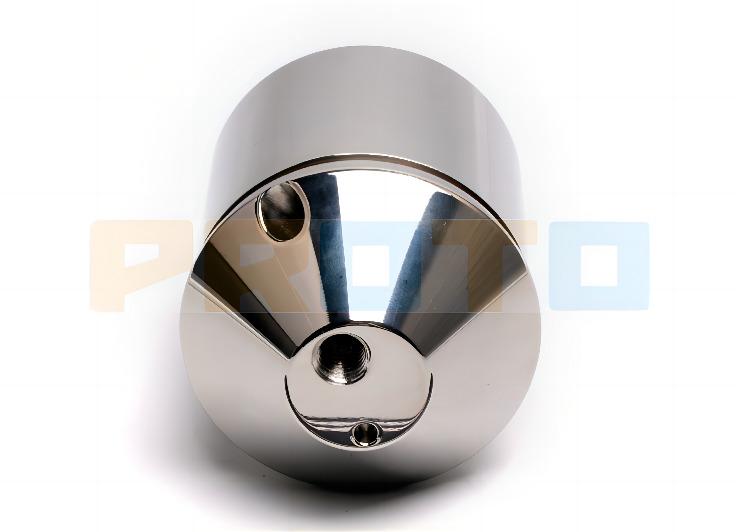Stainless steel is a popular metal for a wide range of applications due to its properties such as excellent corrosion resistance, high strength, versatility, and low maintenance. Stainless steel 304 and 303 are among the most commonly used types of stainless steel for commercial, industrial, and consumer products. However, they are not equal in their composition, properties, and suitability for specific uses. If you’re a mechanical engineer, buyer, or designer, it’s essential to understand the differences between stainless steel 304 and 303 to make an informed decision. In this blog post, we’ll compare these two stainless steel types and help you choose the right one for your needs.

Stainless steel 304 is a non-magnetic austenitic stainless steel that contains chromium and nickel as its main alloying elements. It has a high degree of corrosion resistance, making it suitable for use in harsh environments or exposure to chemicals. Stainless steel 304 is also known for its excellent formability, weldability, and ductility. It can be easily machined, stamped, bent, and fabricated into various shapes and sizes. Stainless steel 304 is typically used in applications such as food processing, pharmaceuticals, automotive, architecture, and construction.
On the other hand, stainless steel 303 is a free-machining austenitic stainless steel that contains sulfur and selenium as additional alloying elements. It has lower corrosion resistance than stainless steel 304 but has superior machinability and good resistance to galling. Stainless steel 303 is often used in applications that require high precision and smooth surface finish, such as gears, valves, nuts, and bolts. It’s also commonly used in the manufacturing of firearms and fittings.
One of the critical differences between stainless steel 304 and 303 is their composition and chemical properties. Stainless steel 304 has a higher percentage of chromium and nickel, which provides it with superior corrosion resistance, especially against acidic and alkaline environments. Stainless steel 303, on the other hand, has a lower percentage of chromium and nickel, but it contains sulfur and selenium that improve its machinability and lubricity.
Another significant difference between stainless steel 304 and 303 is their suitability for heat treatment. Stainless steel 304 is a non-hardenable alloy, which means it retains its strength and toughness at high temperatures without undergoing any heat treatment. Stainless steel 303 can be hardened through heat treatment but can also suffer from excessive brittleness and distortion. Therefore, it’s essential to consider the desired properties of a part or product when choosing between stainless steel 304 and 303.
Lastly, the cost difference between stainless steel 304 and 303 can also influence your decision. Stainless steel 304 is generally more expensive than stainless steel 303 due to its higher content of nickel and chromium. However, this cost difference is often negligible or insignificant compared to the overall cost of a project or product.
Conclusion:
In summary, stainless steel 304 and 303 are both popular types of stainless steel that offer unique advantages and disadvantages depending on the application. Stainless steel 304 is highly versatile, corrosion-resistant, and easy to fabricate, making it suitable for a wide range of industries. Stainless steel 303, on the other hand, is free-machining, cost-effective, and ideal for applications that require precision and smoothness. However, it has lower overall corrosion resistance and may require heat treatment for specific uses. By understanding the differences between these two types of stainless steel, you can make an informed choice and select the best material for your project.